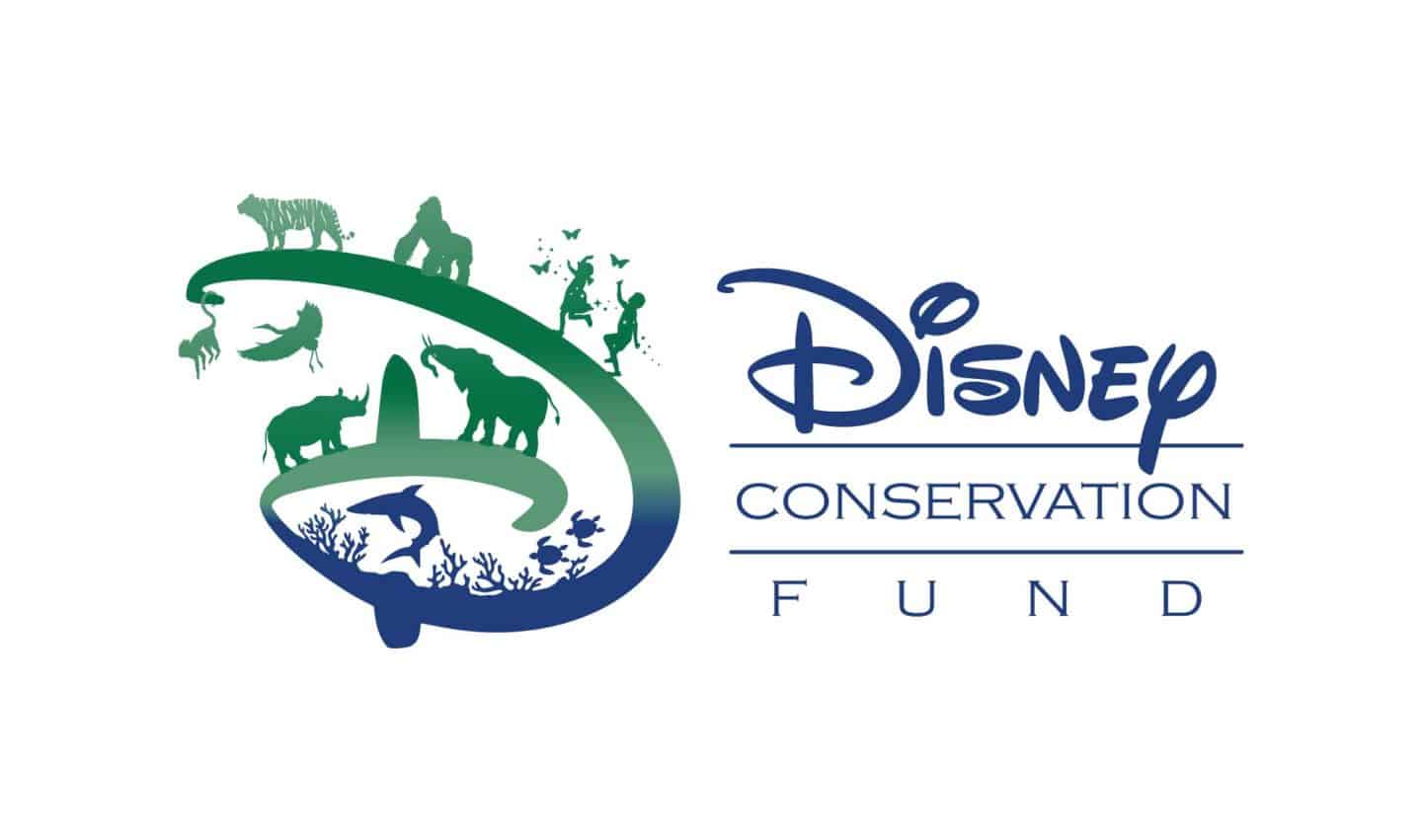Disney Announces Conservation Grants
Published on 4/23/18 by Craig Smith
 In conjunction with their Earth Day and Animal Kingdom 20th anniversary celebrations, Disney announced today that they have provided more than $80 million in grants from the Disney Conservation Fund (DCF) to 80 non-profit organizations in 2018. This year’s contribution brings the total amount donated by the DCF to more than $70 million over the years.
In conjunction with their Earth Day and Animal Kingdom 20th anniversary celebrations, Disney announced today that they have provided more than $80 million in grants from the Disney Conservation Fund (DCF) to 80 non-profit organizations in 2018. This year’s contribution brings the total amount donated by the DCF to more than $70 million over the years.
Here is a bit more detail about the DCF from the contribution announcement:
DCF actively supports the world’s leading conservation organizations with funds and professional resources to save wildlife and habitats, inspire action and protect the planet. Through the “Reverse the Decline” initiative, DCF maintains a comprehensive focus on stabilizing and increasing the populations of 10 different at-risk species: apes, butterflies, coral reefs, cranes, elephants, monkeys, rhinos, sea turtles, sharks and rays, and tigers. DCF also provides grants to support conservation programs that engage communities in comprehensive solutions that serve people, wildlife and habitats.
“Each program we support through the Disney Conservation Fund is an inspiring example of the power of people to make a difference around the world, an important reminder for each of us as we celebrate Earth Month,” said Elissa Margolis, senior vice president, Enterprise Social Responsibility, The Walt Disney Company.
Some of the programs receiving grants this year include:
- California Condor Nest Guarding Program—Santa Barbara Zoological Foundation: In 1986 only nine condors remained in the wild. Santa Barbara Zoo and partners are working to increase California condor populations through captive breeding, careful management, education programs with local communities and research to encourage self-sustaining populations through the California Condor Nest Guarding Program.
- Conserving Rhinos through Community Engagement—Save the Rhino International: Black rhinos were declared extinct in Zambia in 1998, but after successful law enforcement and conservation collaboration, 25 rhinos were reintroduced to Zambia’s North Luangwa National Park between 2003 and 2010. Save the Rhino International is protecting this population of black rhinos by providing teacher training workshops, supporting school curriculums focused on wildlife conservation and implementing community events and park visits that allow children and adults to connect with nature.
- Conserving the Cao Vit Gibbon—Fauna & Flora International: The critically endangered Cao Vit gibbon, also known as the eastern black-crested gibbon, is threatened by loss of habitat from cattle grazing and illegal logging. Fauna & Flora International is protecting the last population of these gibbons in northern Vietnam by strengthening community conservation teams to help government rangers in forest protection, wildlife monitoring and enforcement activities, by providing environmental education at local schools and supporting sustainable livelihoods.
- Rewilding Australia with Tasmanian Devils—Global Wildlife Conservation: Non-native species threaten the survival of many native Australian wildlife species and, as a result, impact ecosystems and human livelihoods. Global Wildlife Conservation is working to reverse the decline of the Tasmanian devil on the Australian mainland and re-establish it as an apex predator, while raising public awareness about challenges faced by Australia’s wildlife.
- Seagrass Surveys for Education and Conservation—Marine Resources Development Foundation: Seagrass beds are diminishing worldwide but serve a critical role in coastal ecosystems by stabilizing sediments and providing food and habitat for marine wildlife. The Marine Resources Development Foundation is leading seagrass surveys in the Florida Keys to monitor and understand ecosystem health, and engaging students and teachers from around the country in hands-on field work, data analysis and classroom curriculum to raise awareness about seagrass habitat conservation.
Since the Disney Conservation Fund was founded in 1995, it has helped conserve more than 400 species around the world. DCF has supported more than 2,000 conservation projects, helping more than 600 nonprofit organizations working hand-in-hand with communities to protect wildlife worldwide. Additionally, more than 150 individuals have been recognized as Disney Conservation Heroes for their efforts to save animals alongside their communities and engage their communities in conservation solutions. The majority of funding for these grants is provided by The Walt Disney Company and supplemented by guest contributions at Disney’s Animal Kingdom Theme Park and select Walt Disney World Resort locations.
For a complete list of the most recent DCF grant recipients, visit Disney.com/Conservation.
- News Topic: Disney Company News, Disney Parks News, Disney World News
- Disney Park(s) in this Article: Disney’s Animal Kingdom Info News and Attractions












